History of the flags of the United States
This article describes the evolution of the flag of the United States, as well as other flags used within the United States, such as the flags of governmental agencies. There are also separate flags for embassies and boats.
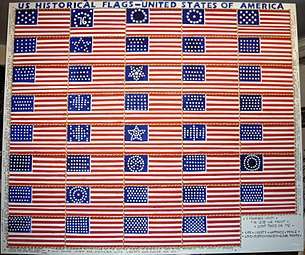
National flags
Historical progression of designs
Since 1818, a star for each new state has been added to the flag on the Fourth of July immediately following each state's admission. In years which multiple states were admitted, the number of stars on the flag jumped correspondingly; the most pronounced example of this is 1890, when five states were admitted within the span of a single year (North Dakota, South Dakota, Montana, and Washington in November 1889 and Idaho on July 3, 1890). This change has typically been the only change made with each revision of the flag since 1777, with the exception of changes in 1795 and 1818, which increased the number of stripes to 15 and then returned it to 13, respectively.
As the exact pattern of stars was not specified prior to 1912, and the exact colors not specified prior to 1934, many of the historical U.S. national flags shown below are typical rather than official designs.
.svg.png)

.svg.png)
.svg.png)

.svg.png)
.svg.png)
.svg.png)
.svg.png)
.svg.png)
.svg.png)
.svg.png)
.svg.png)
.svg.png)
.svg.png)
.svg.png)
.svg.png)
.svg.png)
.svg.png)
.svg.png)
.svg.png)
.svg.png)
.svg.png)
.svg.png)
.svg.png)
.svg.png)
.svg.png)
.svg.png)
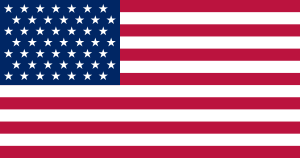
.svg.png)
Other historical versions
.svg.png)


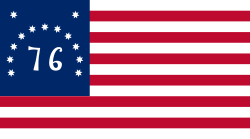

Possible future designs
With the addition of states, the U.S. flag increases the number of stars. Examples of possible designs for U.S. flags with up to 5 additional states are displayed here.
Executive branch flags
Office of the President
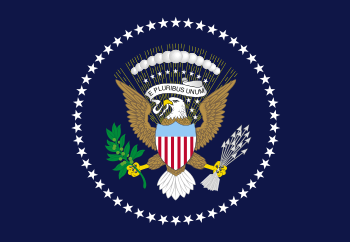


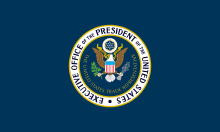

Office of the Vice President
Department of State


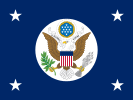

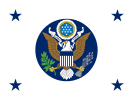

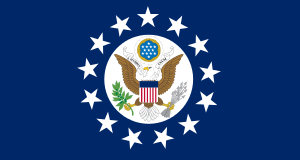





Department of the Treasury
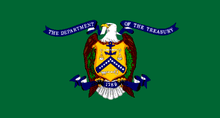
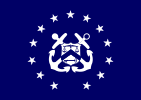







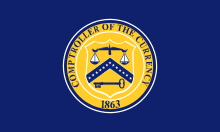

Department of Defense
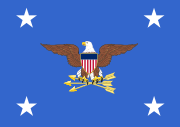



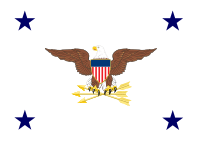

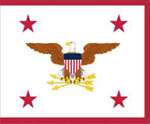

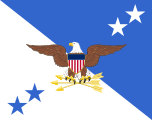

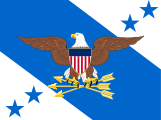











Department of the Army
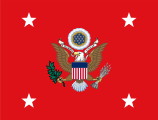




Army
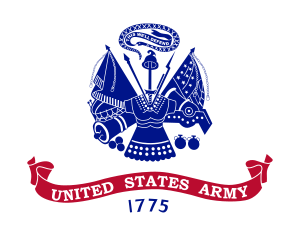
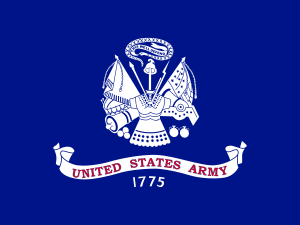 Template:FAIV Field flag of the United States Army
Template:FAIV Field flag of the United States Army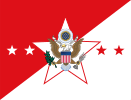

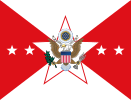







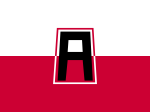






























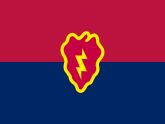










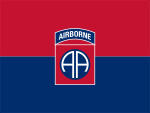
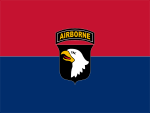


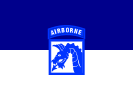

Department of the Navy





Marine Corps









Navy
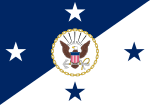

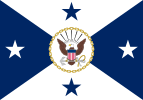

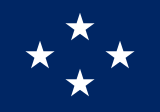





.svg.png)

Department of the Air Force
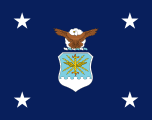

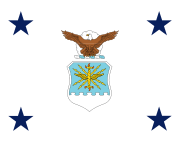

Air Force
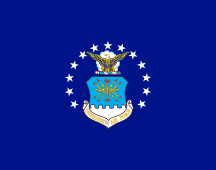


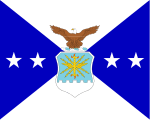



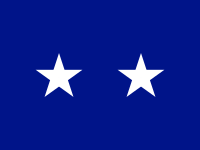

Space Force
Department of Justice


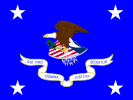









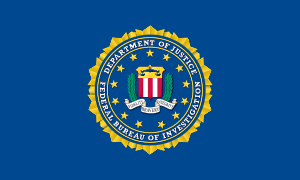
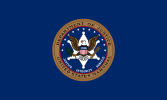

.svg.png)




Department of the Interior








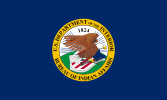






Department of Agriculture
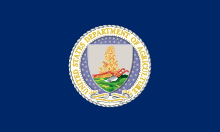

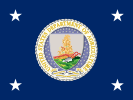



Department of Commerce






.svg.png)
.svg.png)



Department of Labor




Department of Health and Human Services








Department of Housing and Urban Development


Department of Transportation












Department of Energy




Department of Education




Department of Veterans Affairs




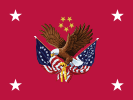


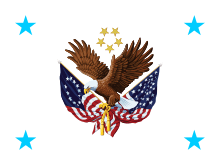
Department of Homeland Security


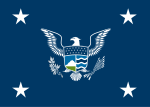






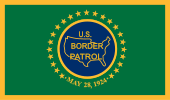









Coast Guard





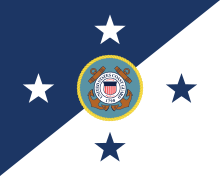

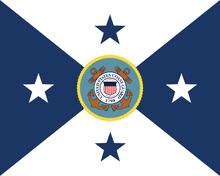




.svg.png)
Legislative branch flags
Congress




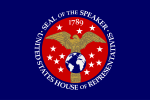

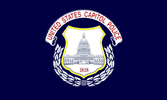





Other federal flags
Many agencies, departments, and offices of the U.S. federal government have their own flags, guidons, or standards. Following traditional American vexillology, these usually consist of the agency's departmental seal on a blank opaque background, but not always.










 Flag of the Peace Corps
Flag of the Peace Corps Flag of the Tennessee Valley Authority
Flag of the Tennessee Valley Authority



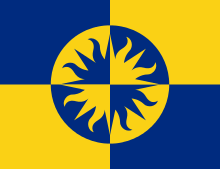

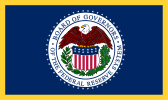



State and territory flags

The flags of the U.S. states, territories and federal district exhibit a variety of regional influences and local histories, as well as different styles and design principles. Nonetheless, the majority of the states' flags share the same design pattern consisting of the state seal superimposed on a monochrome background, commonly every different shade of blue.
The most recent current state flag is that of Utah (February 16, 2011), while the most recent current territorial flag is that of the Northern Mariana Islands (July 1, 1985).
History
Modern U.S. state flags date from the 1890s, when states wanted to have distinctive symbols at the 1893 World's Columbian Exposition in Chicago, Illinois. Most U.S. state flags were designed and adopted between 1893 and World War I.[1]
According to a 2001 survey by the North American Vexillological Association, New Mexico has the best-designed flag of any U.S. state, U.S. territory, or Canadian province, while Georgia's state flag was rated the worst design.[2] (Georgia adopted a new flag in 2003; Nebraska's state flag, whose design was rated second worst, remains in use to date.)
Current state flags
Dates in parentheses denote when the current flag was adopted by the state's legislature.

Flag of California
(February 3, 1911)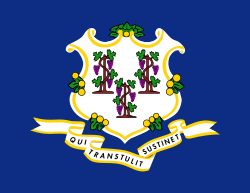
Flag of Connecticut
(September 9, 1897)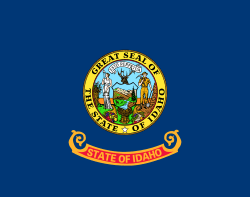
Flag of Idaho
(November 2, 1957)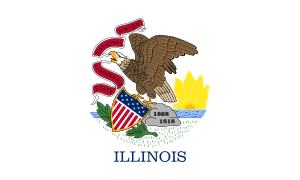
Flag of Illinois
(June 27, 1969)
Flag of Massachusetts
(March 21, 1971)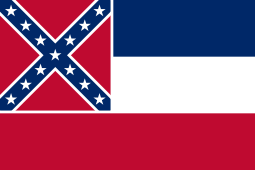
Flag of Mississippi
(April 23, 1894, and February 7, 2001; see notes)[5][5][N 1]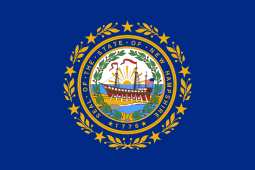
Flag of New Hampshire
(November 30, 1931)
Flag of New Jersey
(January 15, 1896)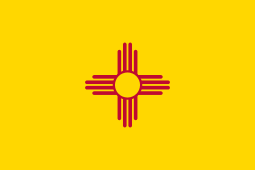
Flag of New Mexico
(September 18, 1920)
Flag of New York
(April 1, 1901)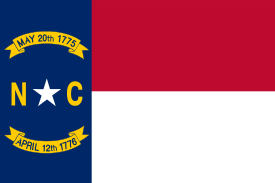
Flag of North Carolina
(June 24, 1991)[6]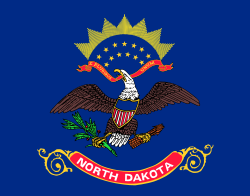
Flag of North Dakota
(November 9, 1943)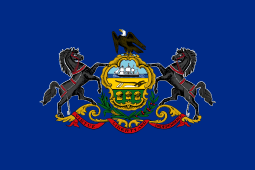
Flag of Pennsylvania
(April 24, 1907)
Flag of Rhode Island
(July 27, 1640, formally November 1, 1897)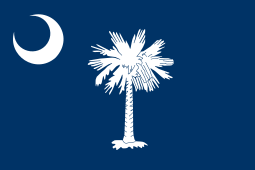
Flag of South Carolina
(September 28, 1861)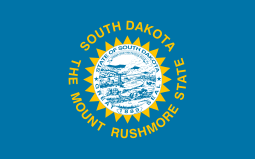
Flag of South Dakota
(November 9, 1992)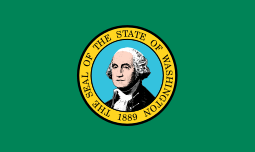
Flag of Washington[15]
(March 5, 1923)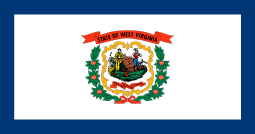
Flag of West Virginia
(November 6, 1929)
Current federal district flag
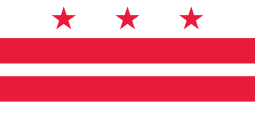

Current territory flags


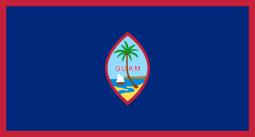

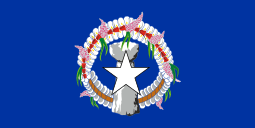

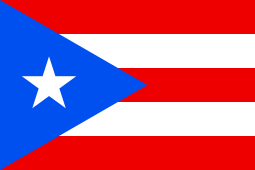

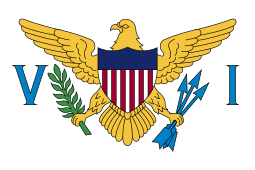
Uninhabited territory flags
The U.S. national flag is the official flag for all islands, atolls, and reefs composing the United States Minor Outlying Islands. However, unofficial flags are in use on three of these nine insular areas:
Associated state flags
While the countries mentioned are recognized independent nations with UN seats, the U.S. maintains and exercises jurisdictional control over the countries in defense, security, and funding grants.
County flags
Municipal organizations
 Flag of the Los Angeles County Fire Department
Flag of the Los Angeles County Fire Department Flag of the Los Angeles County Sheriff's Department
Flag of the Los Angeles County Sheriff's Department
City flags
Municipal organizations
 Flag of the Los Angeles Police Department
Flag of the Los Angeles Police Department Flag of the Los Angeles Airport Police Department
Flag of the Los Angeles Airport Police Department

Maritime flags
Ensigns
National
Since 1777, the national ensign of the United States has also simultaneously served as its national flag. The current version is shown below; for previous versions, please see the section Historical progression of designs above.


.svg.png)

.svg.png)

Other
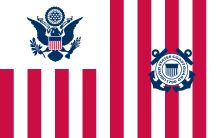

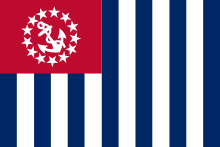 Ensign of the Power Squadrons
Ensign of the Power Squadrons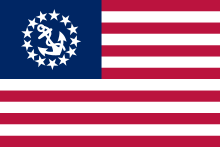
Jacks
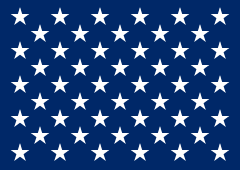

.svg.png)

.svg.png)

Native American tribal flags
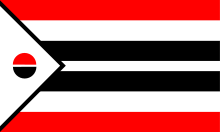

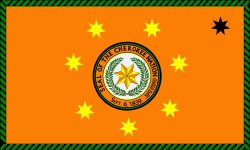










Historical flags
American Revolutionary War
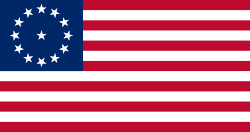

.svg.png)
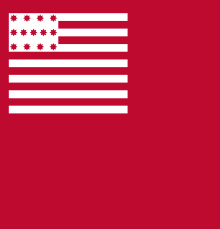
.svg.png)

.svg.png)



.svg.png)
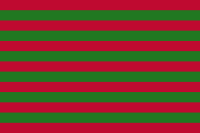





.svg.png)
.svg.png)
Former federal flags


.svg.png)

.svg.png)

.svg.png)

.svg.png)

.svg.png)

.svg.png)



.svg.png)

.svg.png)

.png)

.svg.png)
Flag of the General Services Administration (1972–1973)
.svg.png)
Flag of the General Services Administration (1973–1989)
.svg.png)



.svg.png)

.svg.png)

.png)







.png)

.png)

.png)

.png)

.png)

.png)

.png)

.svg.png)





United States Life-Saving Service
(?–1915)

(?–1939)

(?–1939)

(?–1939).png)

(1914–1939)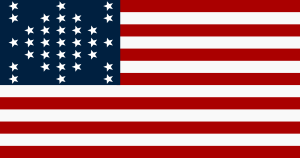

.png)

Other states
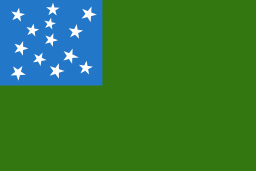

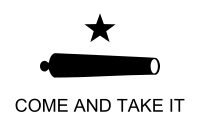

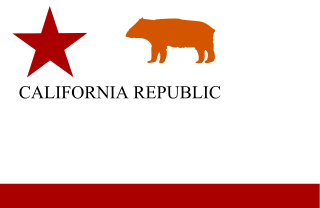
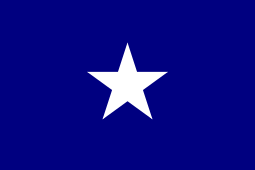
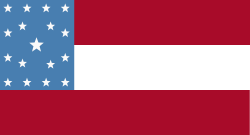



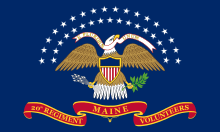

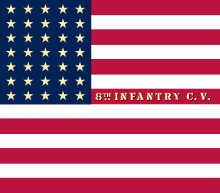


See also
Notes
- The Mississippi flag was first adopted in April 1894. However, it was repealed in 1906, but remained in de facto usage until its official re-adoption in April 2001.
References
- Artimovich, Nick. "Questions & Answers". North American Vexillological Association. p. 8. Archived from the original on April 17, 2007. Retrieved 2007-03-20.
- Kaye, Ted (2001-06-10). "NEW MEXICO TOPS STATE/PROVINCIAL FLAGS SURVEY, GEORGIA LOSES BY WIDE MARGIN". North American Vexillological Association. Archived from the original on October 19, 2013. Retrieved 2007-10-07.
- "State Flag of Alabama". Alabama Emblems, Symbols and Honors. Alabama Department of Archives & History. 2006-04-27. Retrieved 2007-03-18.
- Anderson, Ed (November 22, 2010). "New Louisiana state flag with bleeding pelican is unfurled". The Times-Picayune. Archived from the original on November 24, 2010. Retrieved November 24, 2010.
- State of Mississippi (February 7, 2001). "Miss. Code Ann. § 3-3-16: Design of state flag". Mississippi Code of 1972. LexisNexis.
HISTORY: SOURCES: Laws, 2001, ch. 301, § 2, eff from and after February 7, 2001 (the date the United States Attorney General interposed no objection under Section 5 of the Voting Rights Act of 1965, to the addition of this section.)
- "Official State Symbols of North Carolina". North Carolina State Library. State of North Carolina. Archived from the original on 2008-02-06. Retrieved 2008-01-26.
- "The Oklahoma State Flag". NetState. NState, LLC. February 6, 2014. Retrieved January 26, 2015.
Colors shall be colorfast and shall not bleed one into another. Added by Laws 1925, c. 234, p. 340, § 1. Amended by Laws 1941, p. 90, § 1; Laws 2006, c. 181, § 1, eff. Nov. 1, 2006.
- "Enrolled Senate Bill No. 1359". Oklahoma State Courts Network. May 23, 2006. Retrieved January 26, 2015.
This act shall become effective November 1, 2006.
- Text states that Oregon adopted its flag in 1925
- Dan Bammes (2011-02-17). "Legislature: Fixing the Flag". KUER-FM. Retrieved 2011-02-17.
- "Utah State Flag Concurrent Resolution, 2011 General Session, State of Utah". Retrieved February 17, 2011.
- Keith McCord (12 February 2011). "Resolution aims to correct state flag goof". KSL-TV. Retrieved 16 February 2011.
- Dennis Romboy (9 March 2011). "Utahns celebrate first State Flag Day". KSL-TV. Retrieved 10 March 2011.
- Commonwealth of Virginia (February 1, 1950). "§ 1-506. Flag of the Commonwealth". Code of Virginia. Virginia: Commonwealth of Virginia. Retrieved January 28, 2015.
The flag of the Commonwealth shall be a deep blue field, with a circular white centre of the same material. Upon this circle shall be painted or embroidered, to show on both sides alike, the coat of arms of the Commonwealth, as described in § 1-500 for the obverse of the great seal of the Commonwealth; and there may be a white fringe on the outer edge, furthest from the flagstaff. This shall be known and respected as the flag of the Commonwealth. (Code 1950, § 7-32; 1966, c. 102, § 7.1-32; 2005, c. 839.)
- "Symbols of Washington State". Washington State Legislature. Archived from the original on 2007-03-05. Retrieved 2007-03-11.
- State of Wisconsin. "286". Section: 1.08: State flag. Laws of 1979. Retrieved August 21, 2015.
The department of administration shall ensure that all official state flags that are manufactured on or after May 1, 1981, conform to the requirements of this section. State flags manufactured before May 1, 1981, may continue to be used as state flags.
External links
| Wikimedia Commons has media related to Flags of the United States. |
| Wikimedia Commons has media related to Flags of the United States. |
- The History of U.S. Flags (YouTube) (Slideshow on U.S. National Flags Historical Progression)
- History of the flags (in Russian)
- United States Minor Outlying Islands at Flags of the World





.svg.png)
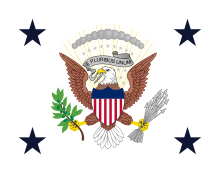
.svg.png)



.svg.png)
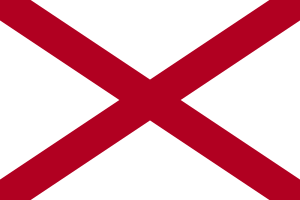
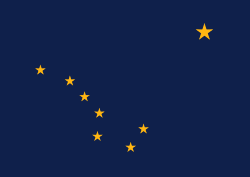
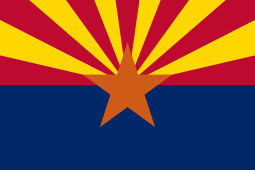
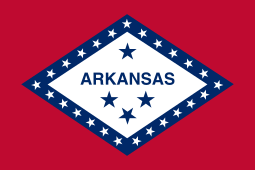
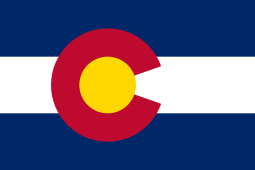

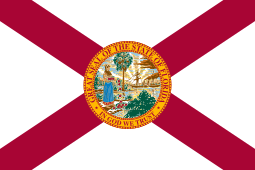
.svg.png)
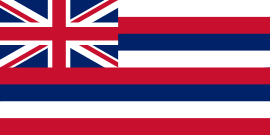
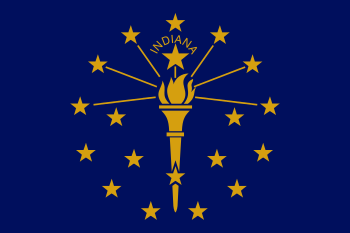
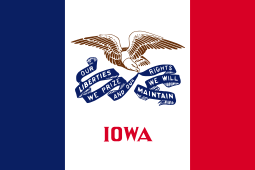
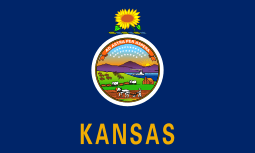

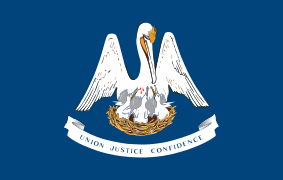
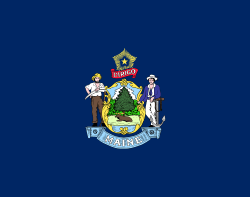
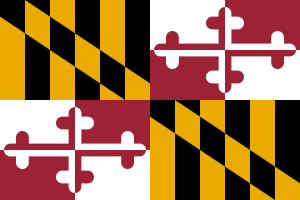

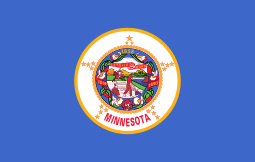

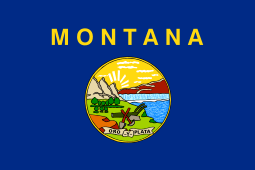
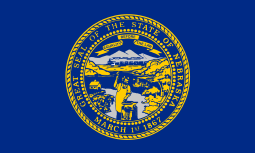
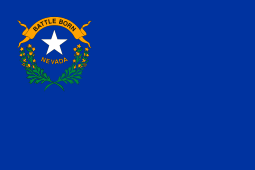


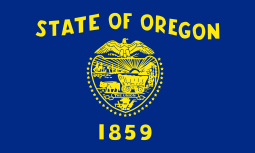
.svg.png)
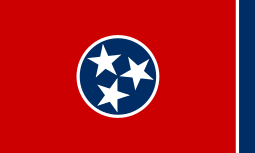



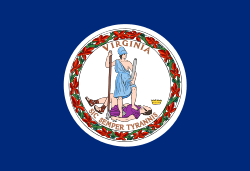
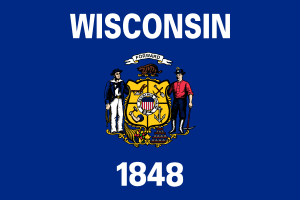
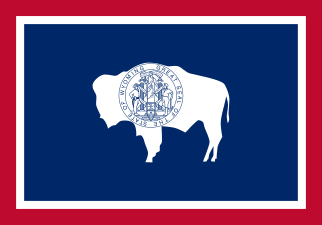
.svg.png)
.svg.png)










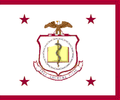
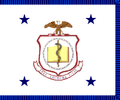

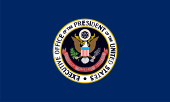
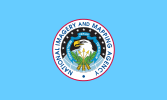
.svg.png)

